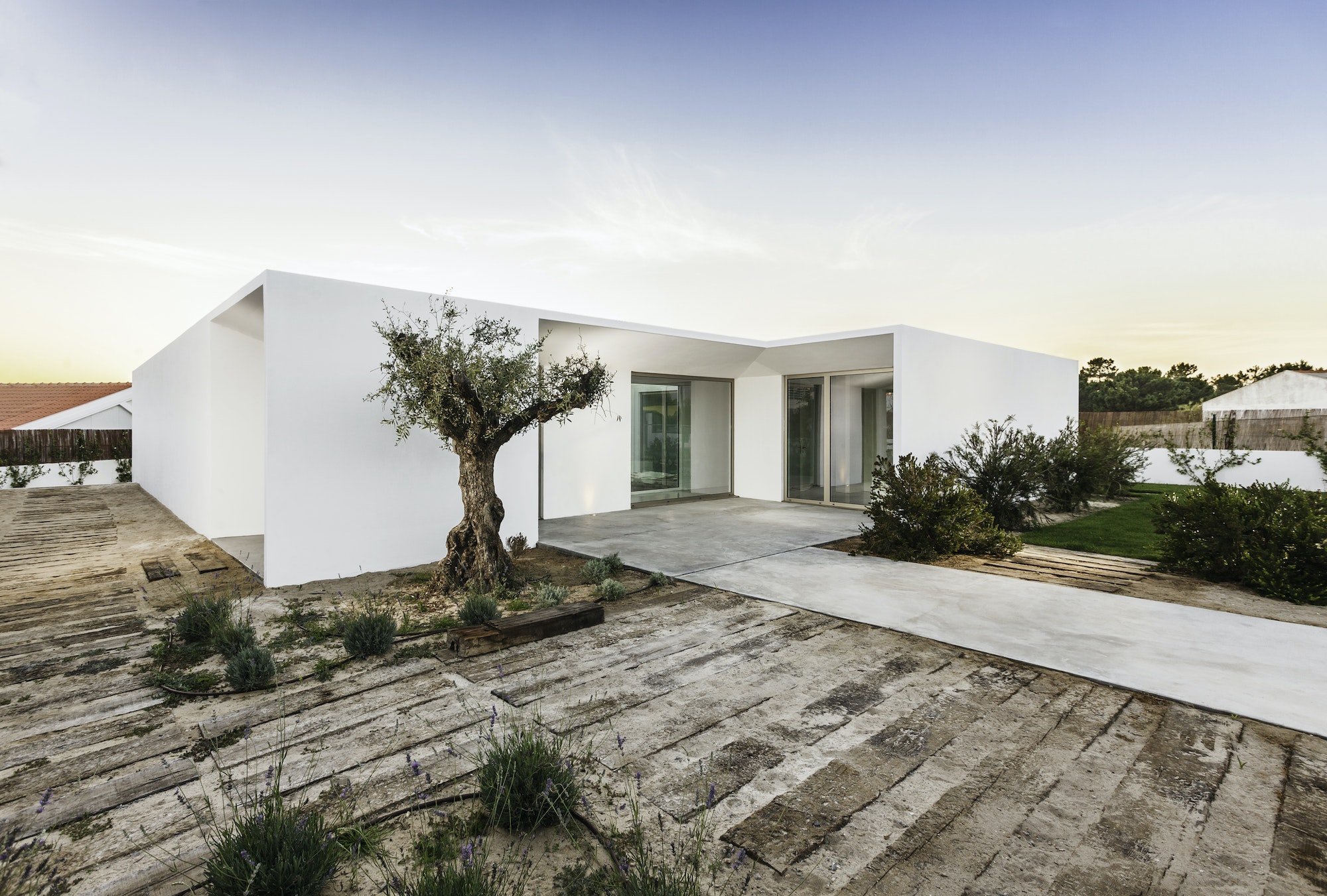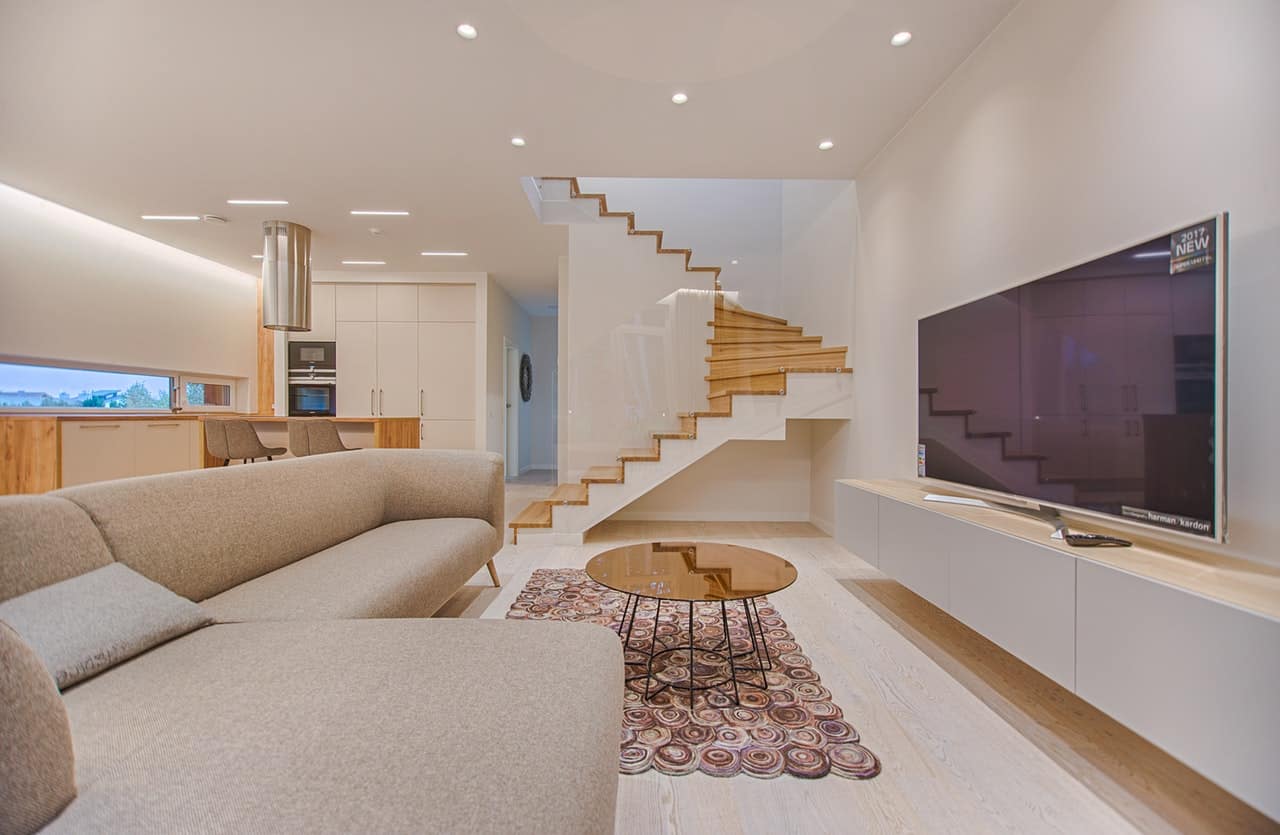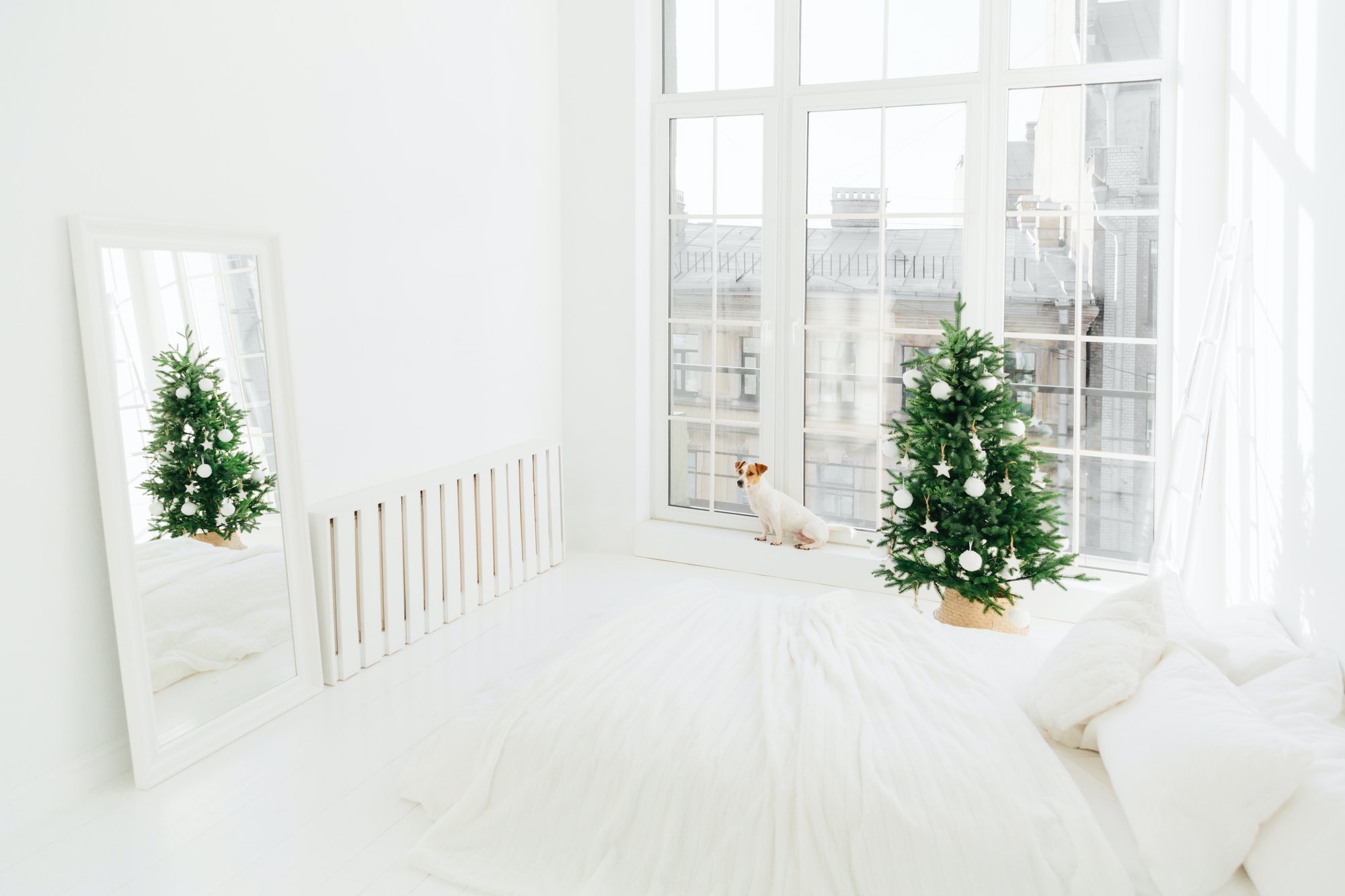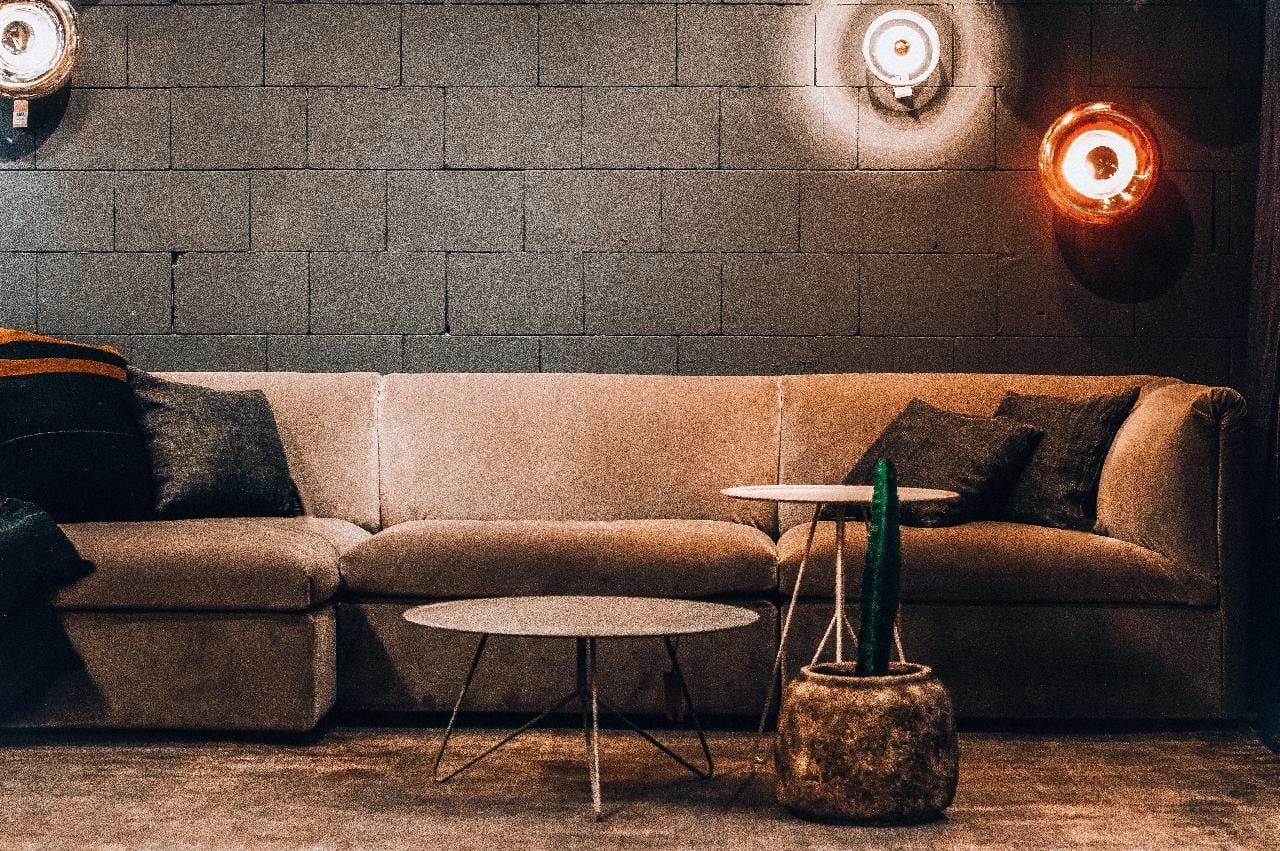As each year goes by, what is popular in home design changes as boulder county architects and home buyers alike strive to find new avenues to express creativity and new ideas and concepts to pioneer the next age in architecture. What’s new is new, and what’s old sometimes becomes new again as retro styles and classic ideas resurface to merge with avante-garde concepts. This creates a rustic yet modern feel that many find appealing.
What is most important when considering the home design is the atmosphere that your space evokes, one that establishes a sense of peace and tranquility as well as imparts the feeling that your living area not only suits your needs but does so in a way that makes you smile and sigh with satisfaction every time you walk through the entrance or even from room to room.
Here are some of the hottest architecture trends to consider when planning your own home project or remodel:
Economically Green
In the age of global warming and climate crisis concerns, it is unlikely that sustainability will be trending out any time soon, and home designers are emphatically embracing anything and everything “green” when it comes to architecture.
From solar panels to homes made entirely from indigenous materials, people are always looking for new ways to reuse resources and complete projects with as little waste as possible, both within the home itself and during the process of its construction. This eye for economical architecture permeates many of the other trends on this list, serving as a foundation for new styles and design options.
Print Your Own House
For many, it is hard to conceive that you can “print” something that does not exist as ink on a page. However, 3-D printers have become incredible tools that allow architectural designers to program the specific parameters for features within a home (or even entire houses!). They will enable the machine to fulfill those designs, even making it possible to replicate exact structures en masse.
One of the most prominent 3-D printing trends within houses are large, curved, and textured walls of a variety that can be particularly arduous for human construction but remarkably easy for precise mechanical aptitude. They are attractive (and sometimes mesmerizing), and curves within the home can also positively affect your mental state as there is something inherently soothing about them.
Furthermore, 3-D printing encourages sustainability as these schematics allow machines to design features efficiently, reducing wasted time and materials.
Tiny Homes
Taking sustainability to a whole new level, tiny homes are all the rage for people who wish to live minimalist lifestyles or want to run a trendy Bread and Breakfast. These models run the spectrum from models entirely printed through 3-D printer technology (see “Print Your Own House” above) to home kits you can order from Amazon to construct at home. Others try to make tiny homes from nothing but natural materials in the area while still more try to create the most elaborate and luxurious homes in a miniature style.
Modular Homes
The desire to improve construction efficiency has led to an increase in homes primarily built off-site at a manufacturing site. When the home is nearly complete, it is transported to its designated location, where construction continues on the remaining 10 or 15 percent until they finish it. While these homes may be mobile briefly, they are not mobile homes, as they are built to remain seated in their chosen location for the long haul.
Biodegradable Houses
While all elements of biodegradable houses may not actually be biodegradable, much of the building materials used in their design will be. Wood is making a solid return during construction, along with more unusual supplies such as cork or hemp. Others include clay, bamboo, lime, and other forms of stone to continue the theme of environmentally friendly homes while still managing an attractive and artistic “biophilic” home.
Adaptive Reuse Homes
In the interest of reusing resources for sustainability, many home designers have elected to use old homes or derelict buildings to host their new habitation. In many cases, this is akin to house flipping in that these designers take something old and turn it into something new, but the intent is not usually about making a profit as much as it is about creating affordable housing in a place that was languishing away, wasting space.
This behavior has reached record highs within the last few years, with many designers turning old businesses and vacant buildings into multi-house properties, giving people needing homes a place to live while eliminating an environmental eyesore. While these new homes can undoubtedly be trendy and follow other popular styles, their purpose is more about improving the economy and helping others.
The Smart Home
On the other end of the spectrum, there will always be homes that capitalize on advanced technology to create a high-tech living space designed to automate many basic wants or needs. These homes often feature all the mod cons, including “smart glass” that can be clear or frosted at the owner’s whim or that modulates transparency based on the amount of sunlight shining down upon them.
The home features technology such as thermostats, security systems, smoke alarms, lights, ovens, and other appliances that homeowners can control using phones, tablets, or other remote devices but have automatic energy-saving modes and other sophisticated “green” features.
Architecture for these homes generally allows for plenty of open spaces and attempts to camouflage outlets, switches, and other features that spoil the illusion of a completely wireless home.
The Bottom Line
From living in tiny homes to using natural and biodegradable materials in homes, recent trends value conservation and efficient processes designed to preserve energy and natural resources. Lately, some aspects of “green” living and sustainability are present in nearly all architectural trends, as everyone looks to find a way to do their part for the environment while creating novel and eye-catching marvels that showcase designer creativity. Even homes not designed in an exceptionally environmentally friendly way often include smart features designed to reduce waste and conserve resources.
Discover more from Futurist Architecture
Subscribe to get the latest posts sent to your email.




